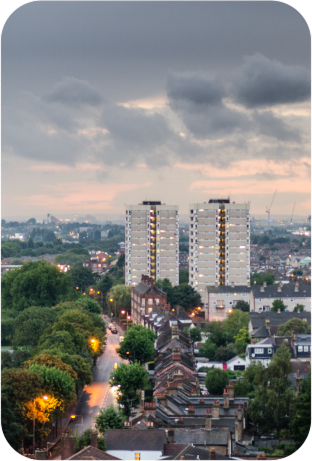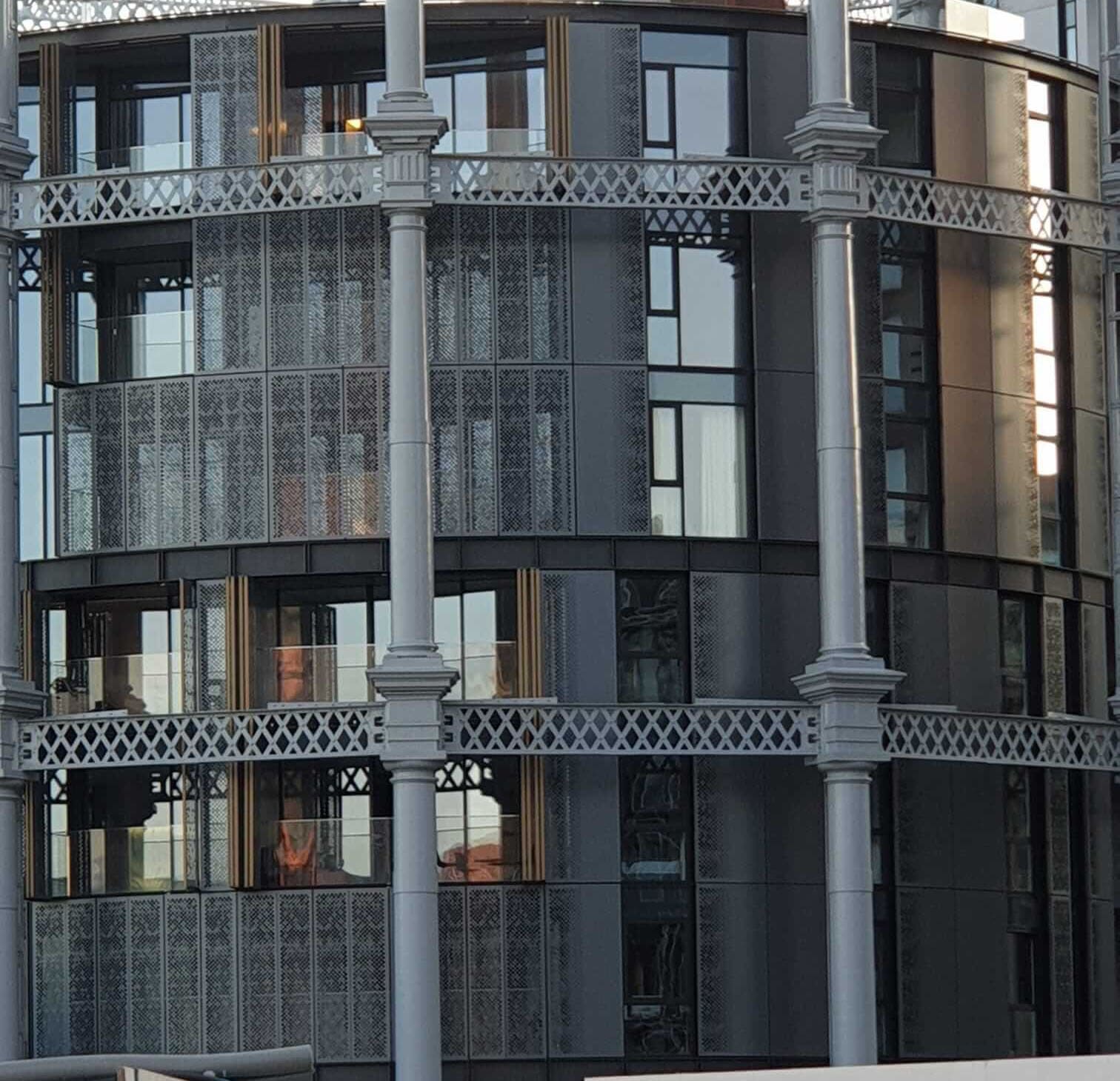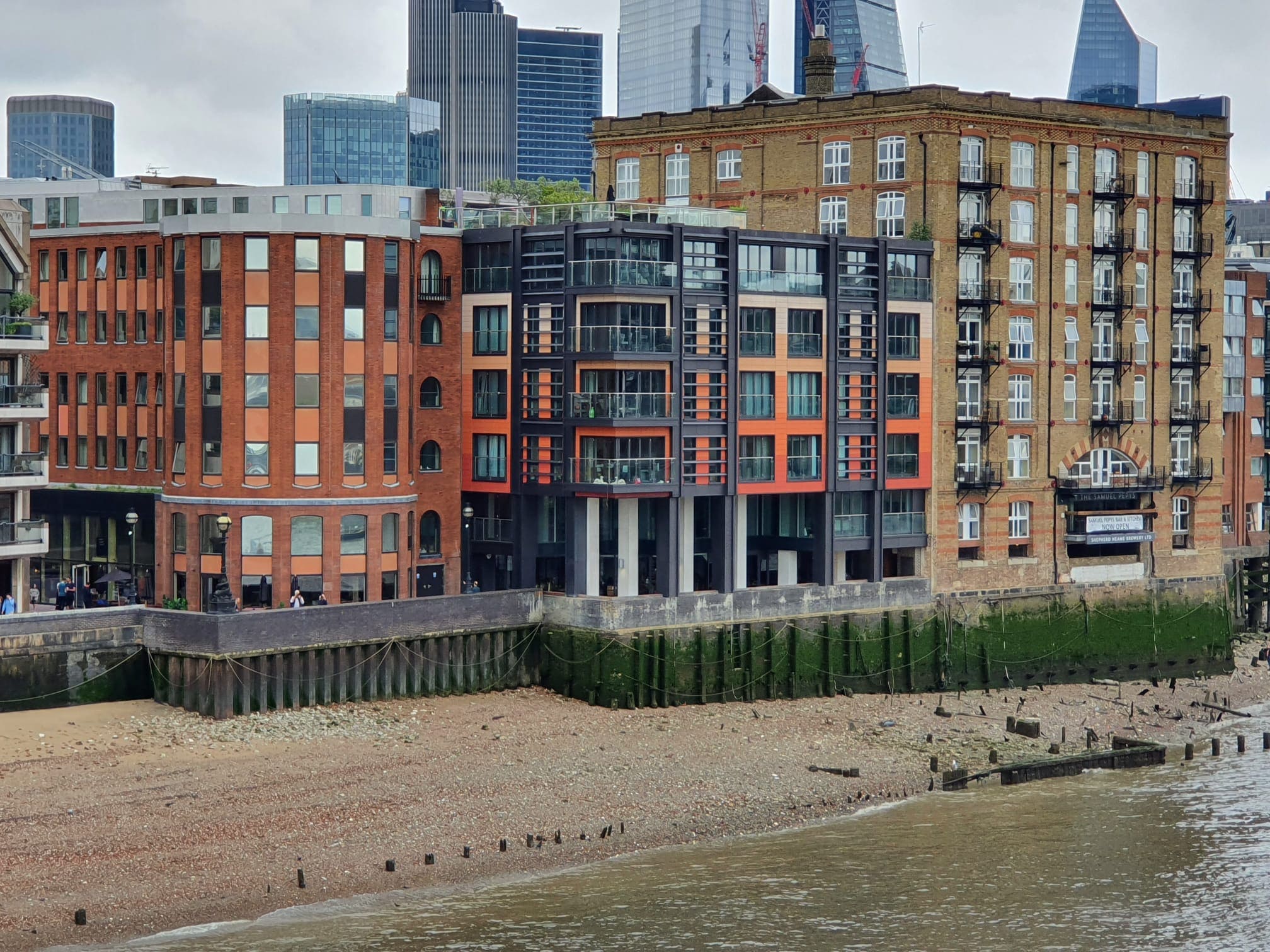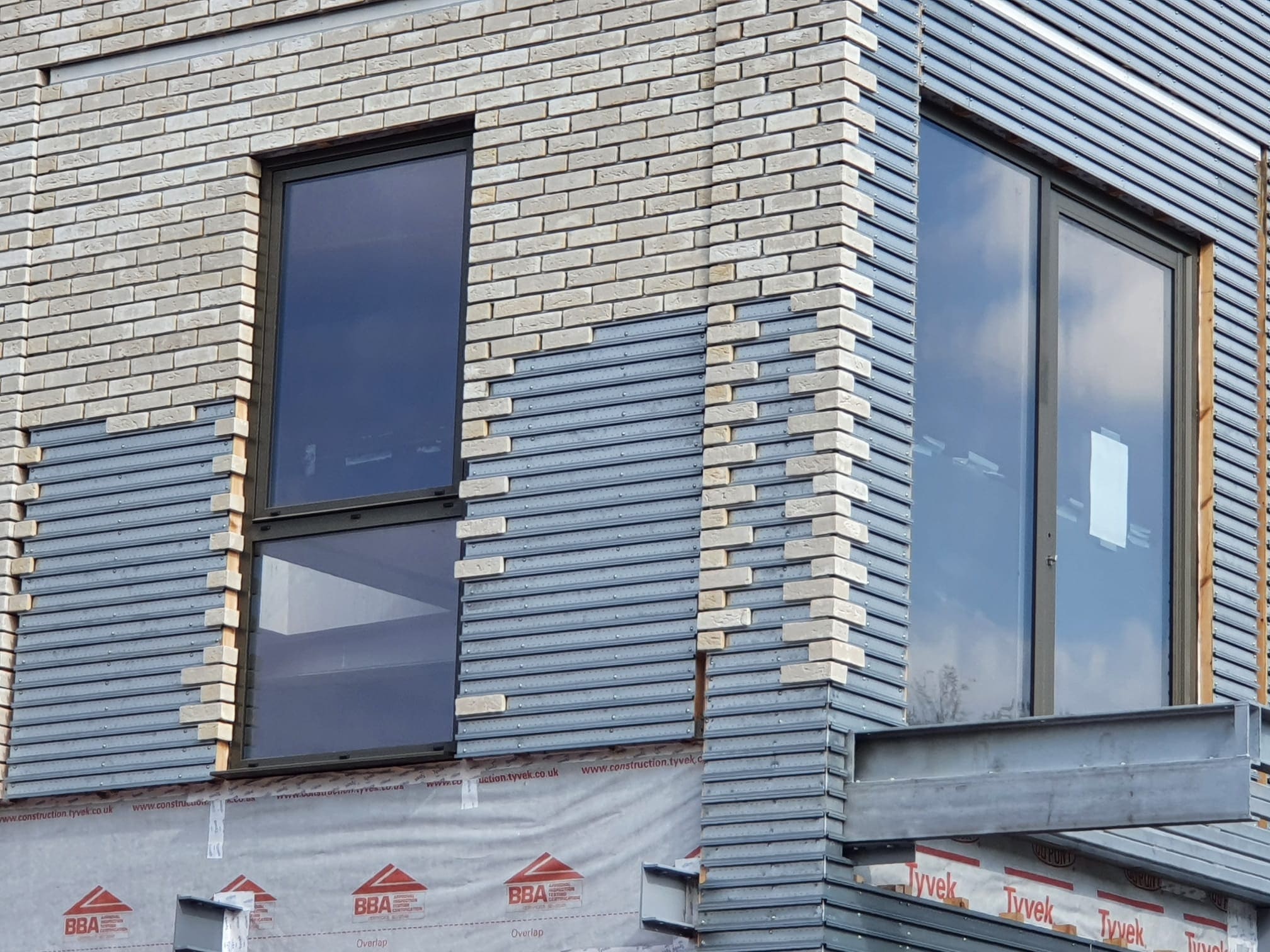 777
777
 0
0
The Scale of England’s Housing Crisis
According to the National Housing Federation, 8 million people in England have some form of housing need. Given this crisis, you might assume there are no homes standing empty. Unfortunately, that’s not the case.
The Shocking Number of Empty Homes
Action on Empty Homes reports at least a quarter of a million ‘empty’ properties in England. The charity has been campaigning since the 1990s to bring these wasted homes back into use. But it’s not just residential properties—vacant plots and derelict buildings are scattered across the country, often seen as local eyesores despite their potential for better use.
The Right to Regenerate: A Potential Game Changer?
Last weekend, Housing Secretary Robert Jenrick announced a new policy called the ‘Right to Regenerate.’ This proposal suggests that vacant land should be sold by default unless there is a compelling reason not to, making it easier to transform unused buildings into homes or community spaces.
Challenging Councils to Release Unused Land
The proposals aim to give communities the power to challenge councils and public organisations to release land for redevelopment. Public bodies would be required to have clear plans for land use, even if only temporarily, to prevent sites from remaining derelict for years.
Why the Right to Contest Hasn't Worked So Far
The existing Right to Contest was introduced in 2014 to help bring land and property back into use. However, only 192 requests have been made, and just one has been granted. This is because landowners can claim they have future plans for a site—without any time limit. The government now aims to strengthen the public’s rights and extend them to publicly-owned social housing and garages.
How You Can Get Involved
Data from last year shows more than 25,000 vacant council-owned homes and 100,000 empty council-owned garages. Bringing these back into use could significantly boost local housing stock. If you believe local land and buildings should be repurposed for housing or community benefit, you can respond to the government consultation until 13 March.





Meet our Expert Property Commentators



























